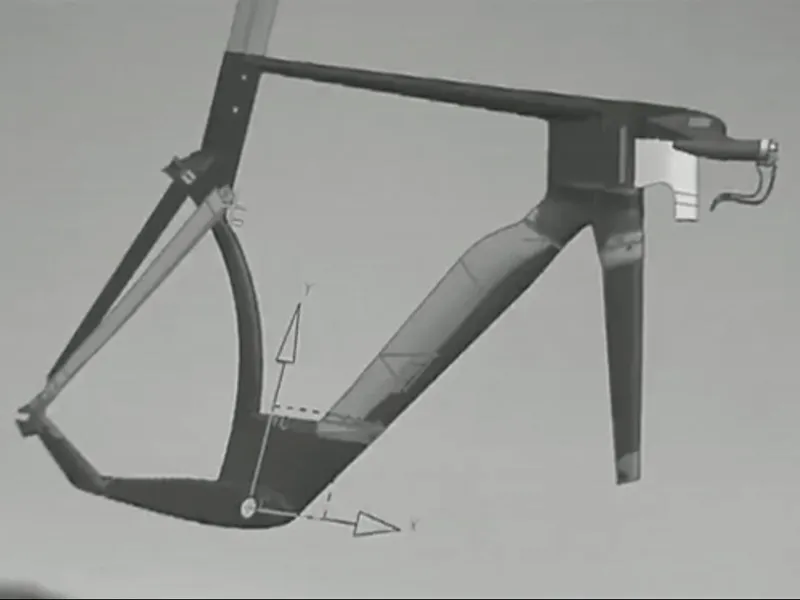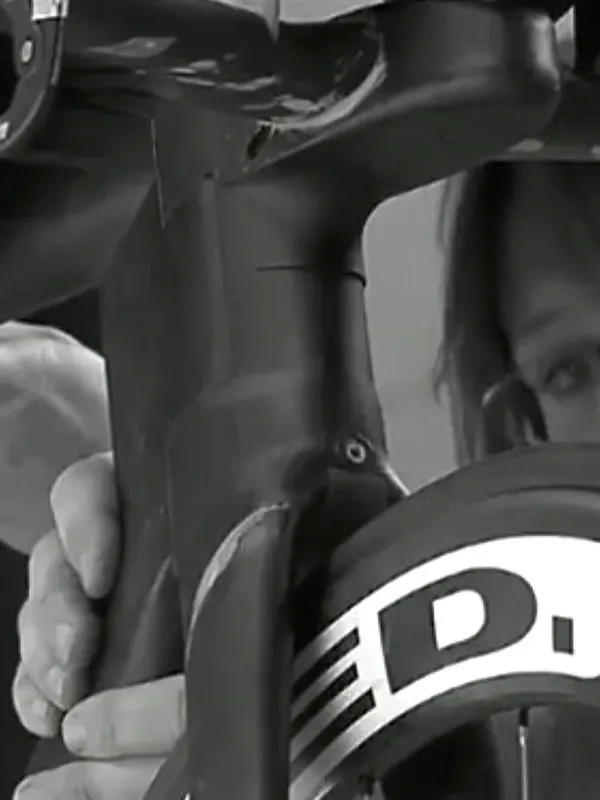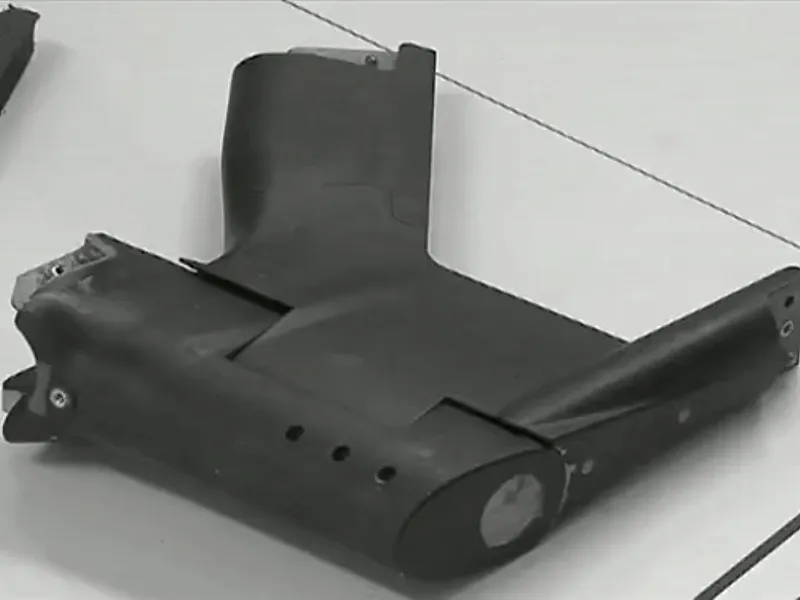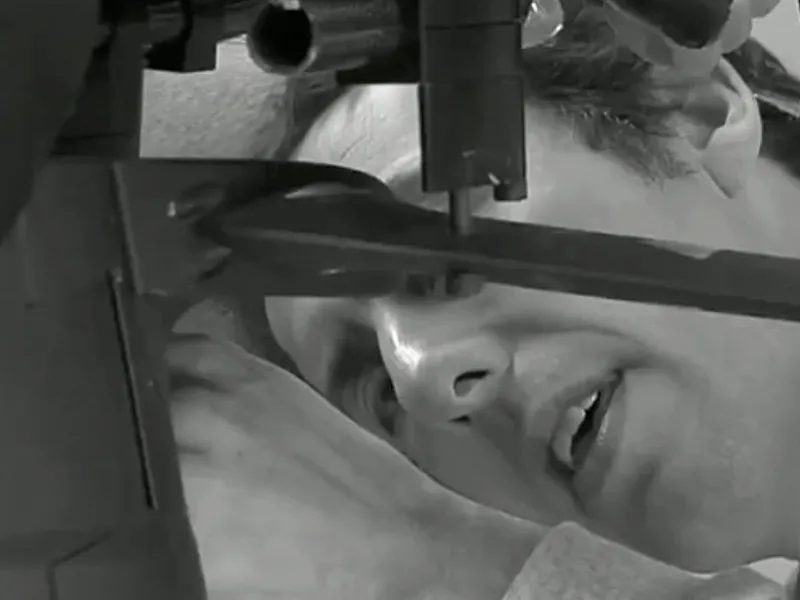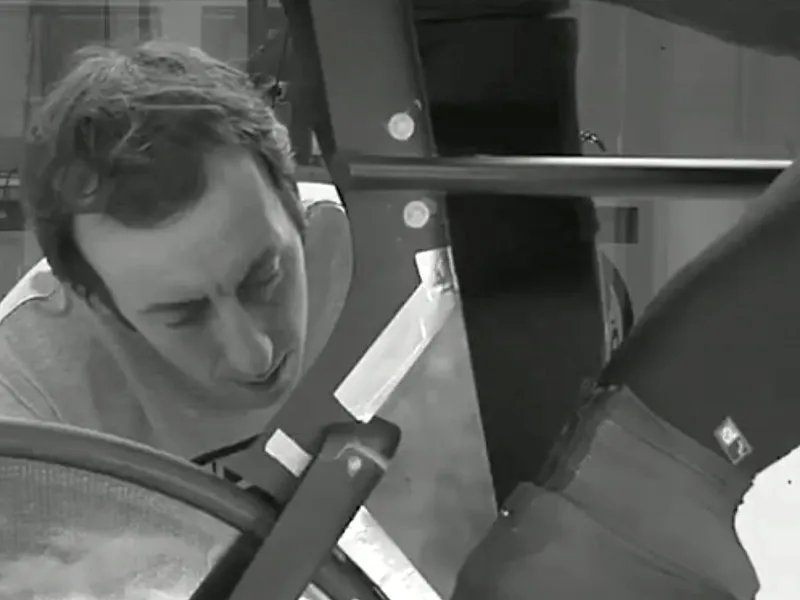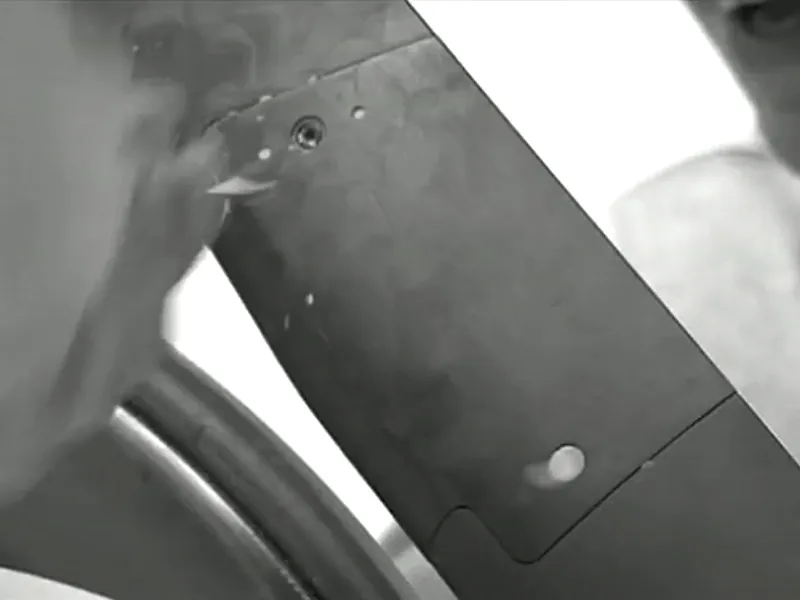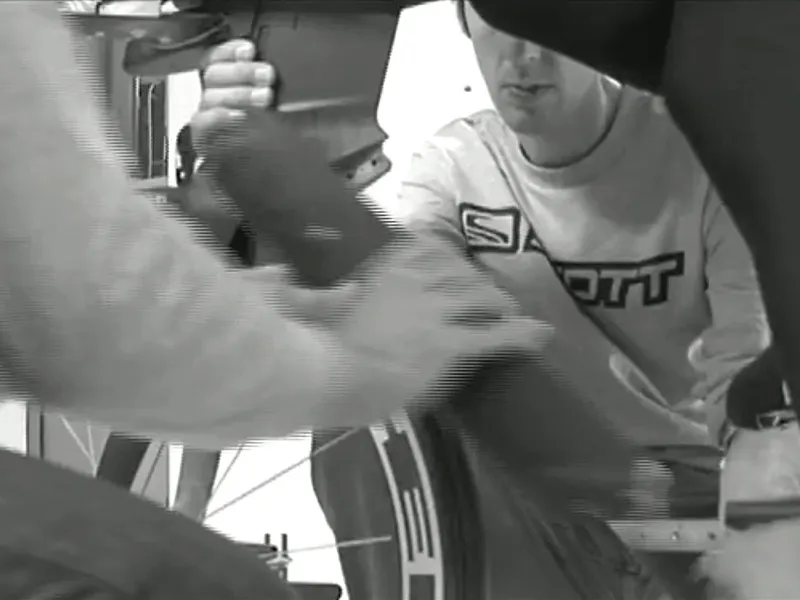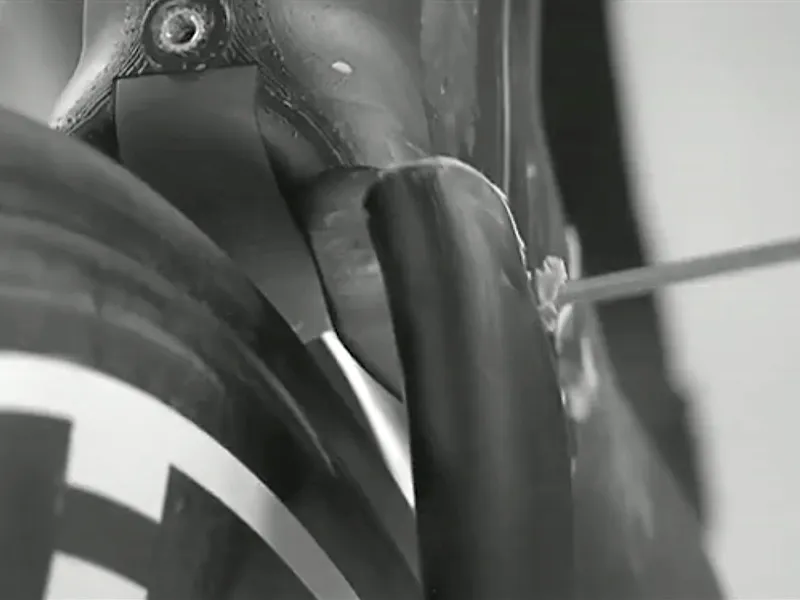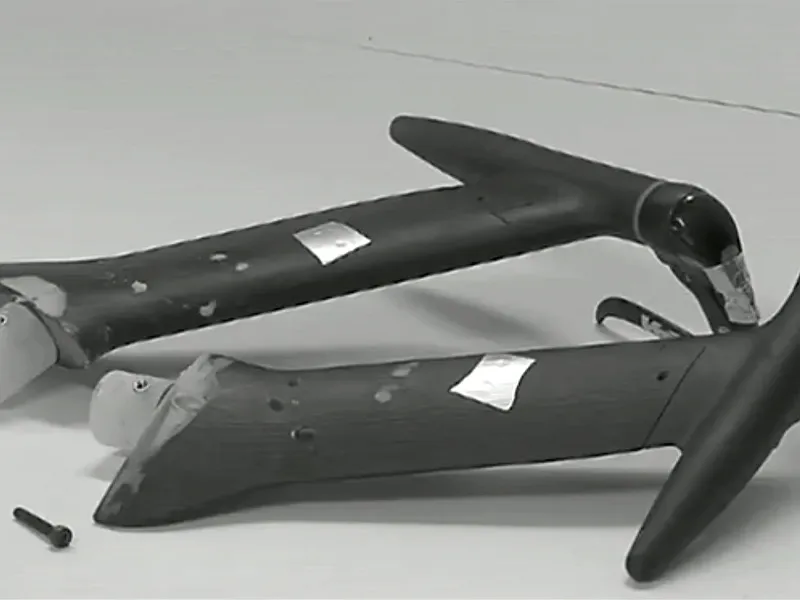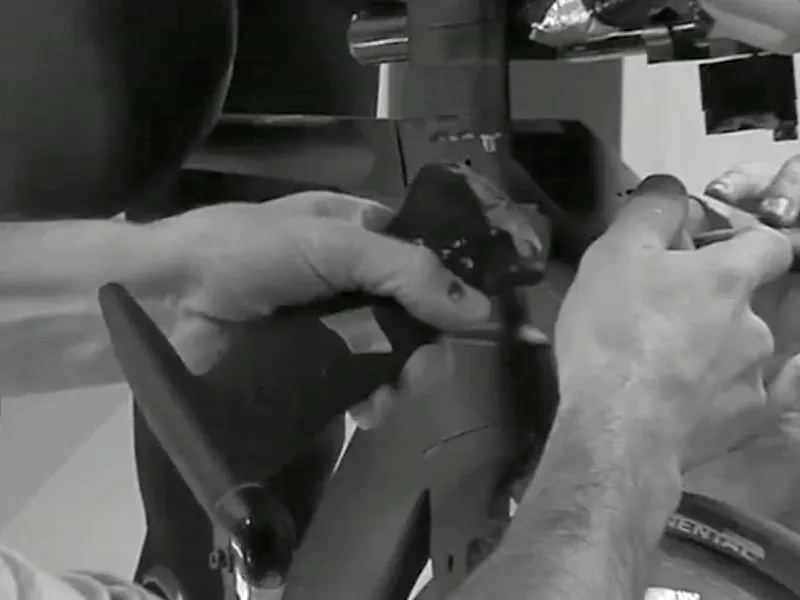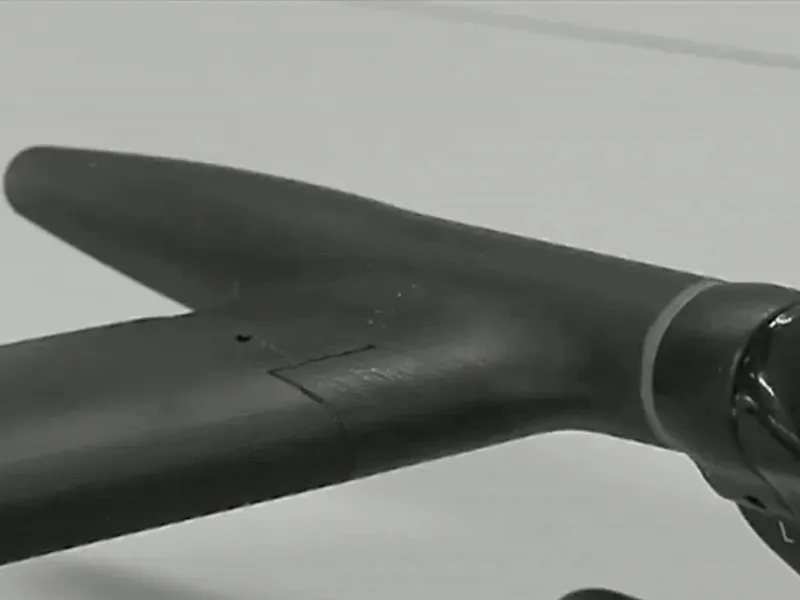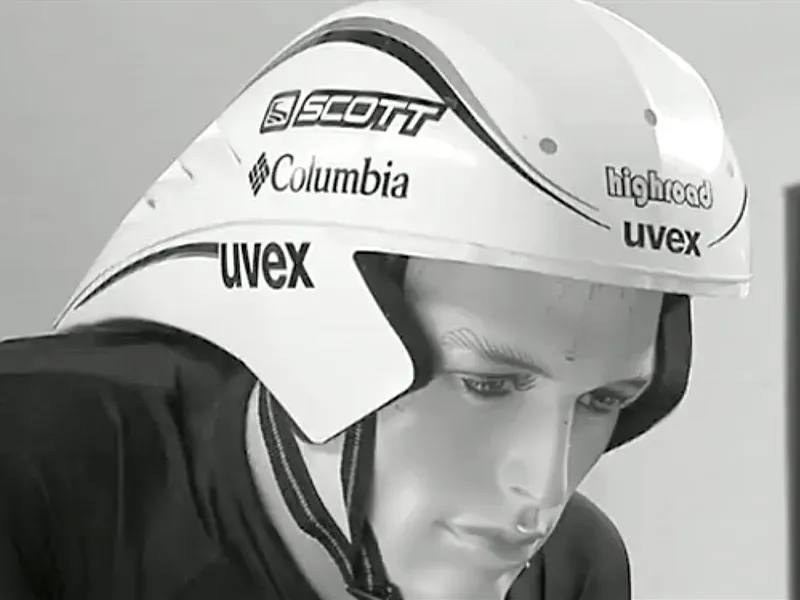It's no secret that Team Columbia-Highroad have largely shunned Scott’s Plasma 2 for time trial use in favour of their ‘Highroad dev’ bikes. This should perhaps come as no surprise given that the Plasma 2’s fit and handling were designed for multisport applications. But a teaser video released by Scott Bicycles suggests this situation may change in the very near future.
“There’s an obvious need for new time trial bikes for the team,” said Scott marketing and PR director Adrian Montgomery. “There is a lot of knowledge available from the Highroad dev side and we’ve combined resources to make something new. We’ve put tremendous resources into the project.”
While there were no details offered in text, slowing down the video frame-by-frame offers a surprising amount of information.
Scott have obviously employed computer modeling software to craft the new supposedly UCI-legal carbon fibre shape, but they've also made heavy use of rapid 3D prototyping (commonly known as SLA, or stereolithography apparatus, whereby a laser is used to selectively cure UV-sensitive polymers layer by layer), modular quick-change prototype frame construction and even a lifelike human model to fine-tune the shape in the wind tunnel.
Some design cues apparently carry over from the existing Plasma 2 – such as the geometric hourglass-profile head tube, doglegged chainstay path, wide horizontal top tube and slippery seat tube/seatstay junction – but several other features are all-new for Scott.
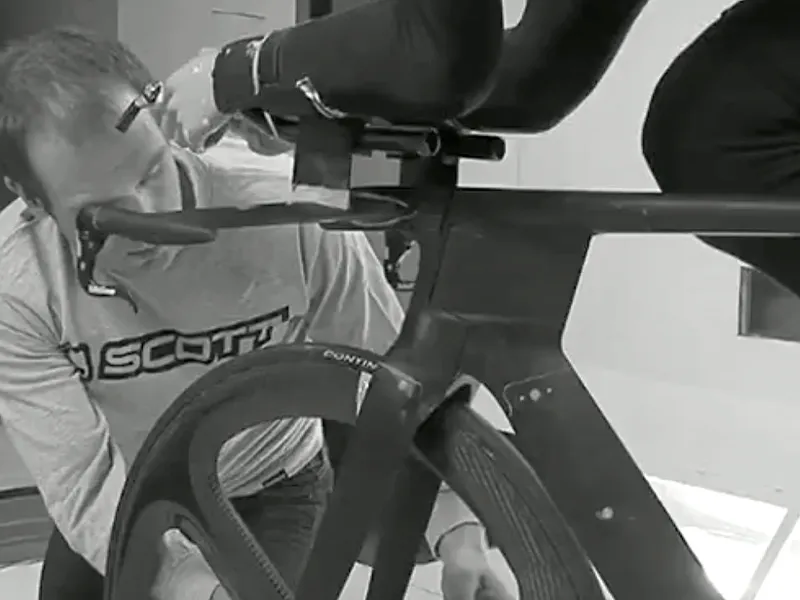
Up front, the new machine sports an external steerer tube that fairs the head tube to effectively increase the combined section aspect ratio beyond the typical 3:1, plus a fully integrated stem that flows nearly seamlessly into the top tube as on the current Highroad time trial rigs.
The aero-profile base bar is fully interchangeable – at least on the aero mock-up in the video – suggesting that team mechanics should have few issues accommodating rider fit requirements.
Aero extensions naturally look to be fully interchangeable as well, with height adjustments accomplished by adding or removing spacers.
Down below, the bottom bracket junction has sprouted a new Cervélo P4-like form that extends significantly above the shell while the ‘Speed Skeg’ extension that once extended below on the Plasma 2 has apparently been deleted.
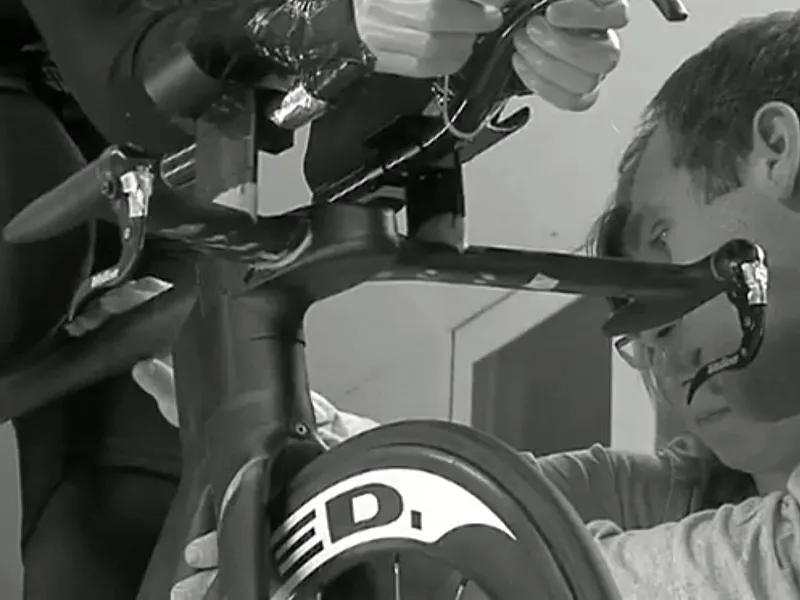
Other prototype details that may or may not make it to production include a variably deep down tube that flares just behind the head tube and a presumably integrated seatpost that appears vertical in one image but is oriented at a more conventional angle elsewhere in the video.
Based on the prototype, the front brake will be located in the conventional location – rather than behind the fork crown – though the rear brake looks to have been moved to below the bottom bracket shell, given the smooth profiles at the top of the seatstays and the elimination of the Speed Skeg.
Scott’s teaser shed no light on projected weights or costs and consumer availability sounds to be a fair bit off but we expect to see the riders aboard the new bike come the opening team time trial at next month’s Giro d’Italia.
“It’s not a product we’re releasing anytime soon,” Montgomery said. “We’re planning to race it at the Giro and the team will keep racing and testing it until we decide it’s a production item.” Stay tuned for more information.
Array